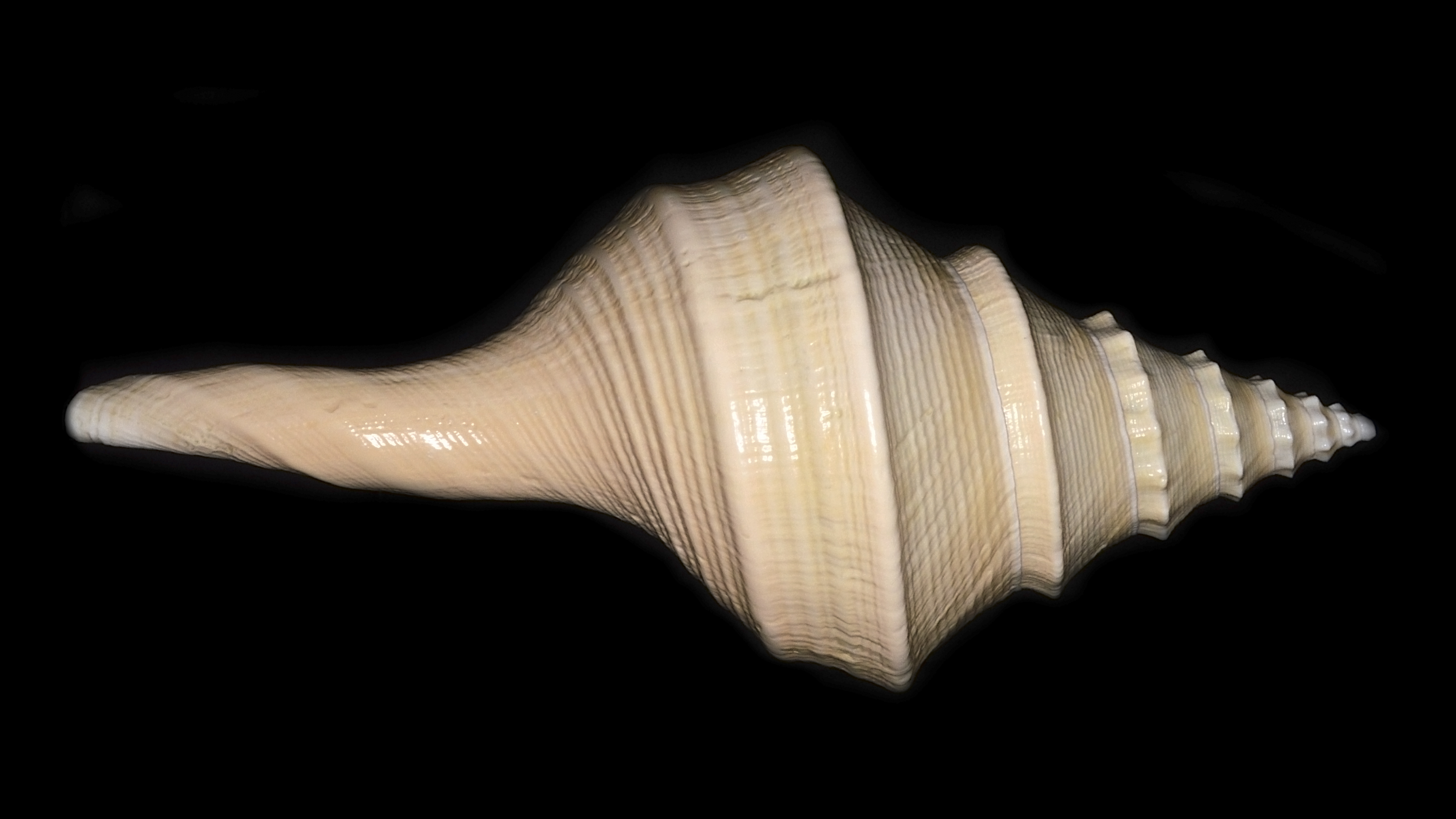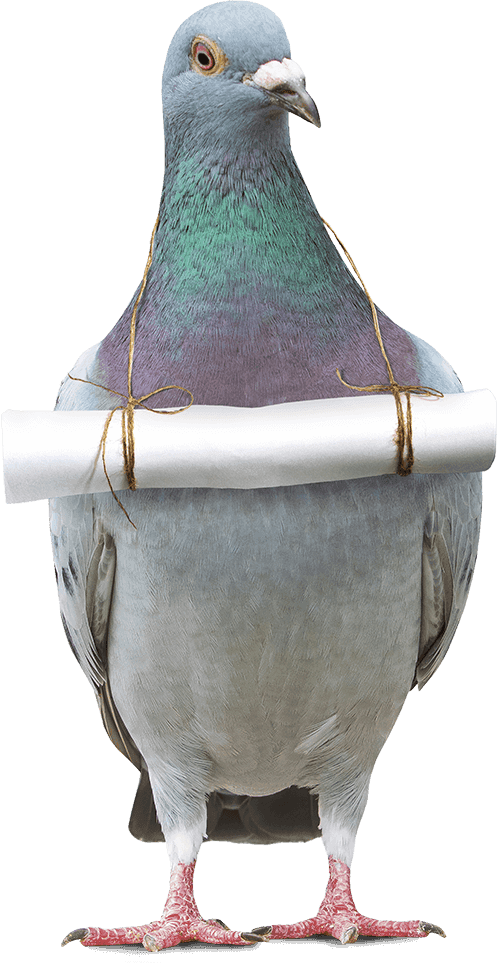Australian trumpet snail
(Syrinx aruanus)

Description
Syrinx aruanus, common name the Australian trumpet or false trumpet, is a species of extremely large sea snail measuring up to 91 cm long and weighing up to 18 kg. It is a marine gastropod mollusk in the family Turbinellidae, and is the only species in the genus Syrinx. This is the largest extant snail (shelled gastropod) species in the world, and arguably the largest (heaviest) gastropod in the world. Although the shell itself is quite well known to shell collectors because of its extraordinary size, little is known about the ecology and behavior of the species, except for one study about its feeding habits. In 1681, Filippo Bonanni depicted this species in one of the first books ever published that was solely about seashells. The book was entitled: "Ricreatione dell' occhio e dela mente nell oservation' delle Chiociolle, proposta a' curiosi delle opere della natura, &c." The taxonomic affinities of Syrinx aruanus were not properly understood for a long time. Until fairly recently it was placed in the family Melongenidae. A detailed taxonomic overview of this species was provided by Harasewych & Petit (1989). This is the largest recent (as opposed to fossil) shelled gastropod, and the largest shelled gastropod by weight. (However, the largest shell-less gastropod or slug is Aplysia vaccaria, a giant sea hare known as the California black sea hare. The largest A. vaccaria has been measured at 99 cm in length and weighing in at almost 14 kg). An extremely large species of fossil gastropod is Campanile giganteum. The overall height (also known as length) of the shell of S. aruanus is up to 91 cm (see also Hawaiian Shell News, 1982). The weight of the shell is about 1800 g. Drawing of the protoconch, from Tryon, 1887 The shell is usually pale apricot in color, however in life it is covered by thick brown or grey periostracum. The shell color can fade to a creamy yellow. The whole shell has a spindle-like shape. The spire of the shell is high. The whorls usually have a strong keel which can have nodules on it. The shell has a long siphonal canal. There are no folds on the columella, unlike some other genera within the same family.
Taxonomic tree:







